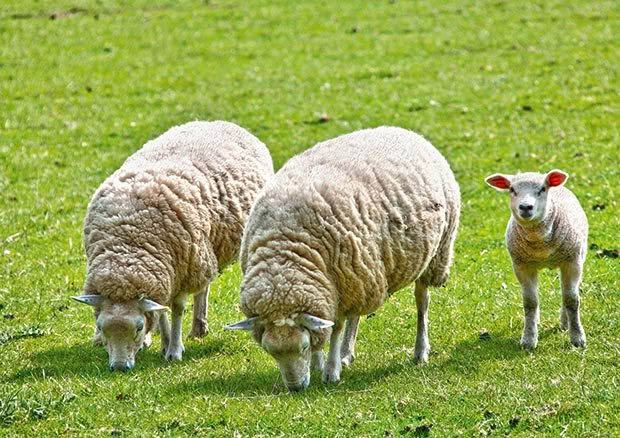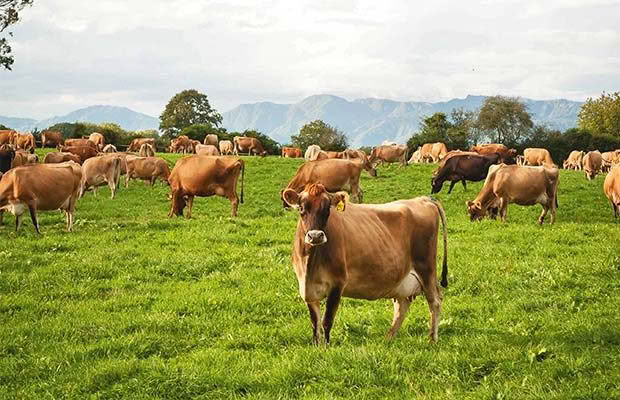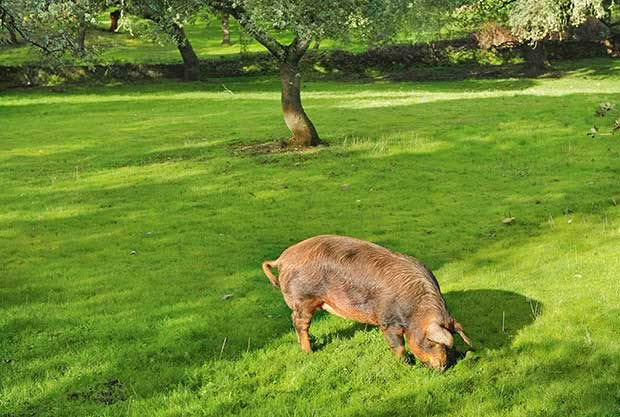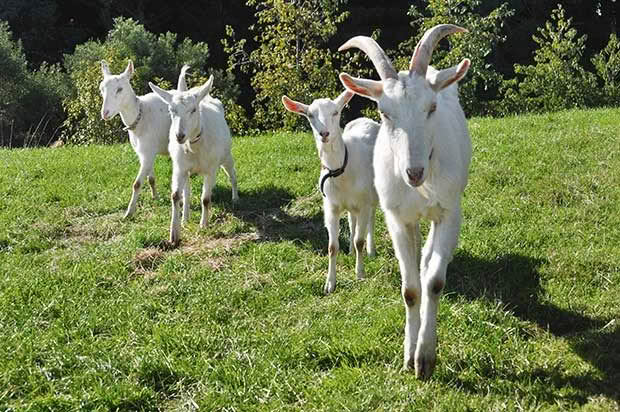25+ farming tips for November: Watch for lameness, worm your pigs, book the shearer

With summer just around the corner, it’s time to prepare your land and animals for warmer weather.
Words: Nadene Hall
4 TIPS FOR NOVEMBER
1. When pasture is in good supply, prices for stock tend to go up. Rather than buying in more stock, consider selling the ones you have for a good profit, and using grass for hay, silage or baleage.
2. Always think hard about whether you take on extra stock at this time of year.
If there is a drought in the next few months, it could be an expensive mistake: the price of supplements will go up, and prices for stock may fall as everyone else needs to sell too.
3. Any animal that is getting good quality feed and not gaining weight needs to be checked for signs of worms, lice, stiffness in limbs, anaemia (check the inside of the eyelids and gums for pinkness), dehydration, temperature, swollen limbs, and limping. Talk to your vet.
4. Have you got a faecal egg count monitoring system in place? This is going to become more important as drench resistance builds. Testing a representative group sample or individual animals is cheap, or you can do it yourself with the right equipment.
5. Watch for lameness. Two common causes are scald (wet-looking, white or pink skin between the toes) or footrot (smelly, black, ooze in cracks or on the hoof). It’s caused by wet grass and/or humid conditions. Trim and clean affected hooves, then bathe in a 10% zinc sulphate solution (add zinc sulphate until it stops dissolving, to give yourself a 10% solution).
If one animal has footrot, give all animals a foot bath. Soak for 20 minutes, then stand them somewhere clean and dry (preferably a concreted area) until the hooves are dry.
SHEEP
• Lambs should be growing at 300g per day.
• Lambs and ewes should be on good pasture. If you see diarrhoea, it may be due to rich pasture, not parasites. Symptoms of a parasite infestation include runny eyes, thin animal, dull coat, and coughing. Always do a faecal egg count before drenching, to avoid drench resistance.
• Remove dags and long wool from back ends and under bellies, and apply a product that helps to prevent flystrike.
• Book your shearer. If you have a small flock, it can pay to work in with your neighbours. This is attractive to a shearer, who can arrange to do everyone’s sheep on the same day.
• Sheep about to be shorn need to be kept cool and dry. Dust-free, covered or shaded yards, and access to cold water is important to help avoid stress, as stress and dust can cause pneumonia.
• Check with your shearer if they require you to be on site. Sheep should be just outside or in the pen when the shearer arrives. The best time of day to shear – if possible – is early morning or late afternoon, to avoid the hottest part of the day.
CATTLE

• Calves should be growing 1kg per day (average) or more, depending on breed.
• If not done yet, get them dehorned and vaccinated.
• Males should be castrated. Research has found there is no difference in weight gain between bulls and steers, but there is a much improved safety factor for the farmer and young female cattle.
• If you buy, lease or share a bull, he should be dehorned or polled – never have a horned bull on your property.
• A bull should be tested and clear for TB, EBL (enzootic bovine leucosis) and BVD (bovine viral diarrhoea) before you buy, lease or share. Your heifers/cows should be in good condition, and tested
to make sure they are clear. Talk to your vet about testing.
• If you have a bull on your property for mating, make sure he is doing his job. Use a paint marker and make a note of when your heifers/cows are cycling; count 18-24 days then see if any come back on heat. You should be aiming for at least 70 per cent pregnant on the first mating, and around 90 per cent after 9-10 weeks.
• If any animals are scouring, do an FEC test before drenching – talk to your vet. This is a simple, cheap way to prevent drench resistance.
PIGS

• Weaner pigs should be growing at around 300g per day, for a 60-80kg bodyweight at six months (if you’re having them home-killed).
• Worm your pigs. Talk to your vet about an injectable wormer. For one or two pigs, they should be able to draw off syringes with the right amount so you don’t have to buy a large bottle.
• If you want your weaners homekilled for Christmas, book in with your butcher now. Check the withholding period of worming product to make sure these don’t interfere with your timing.
• Pigs should have good shelter and shade to protect them on hot days, and ideally a deep, wet wallow. Wet mud helps pigs regulate their temperature.
GOATS

• Kids should be growing at 100-200g per day, depending on breed.
• Book the shearer for fibre goats. As for sheep, make sure the shearing area is clean, shady and cool, and try to shear early in the morning or later in the afternoon. Keep the area as dust-free as possible to decrease the risk of pneumonia.
• If you only have one or two fibre goats and want to shear them yourself, sharp scissors can do the job. However, be careful not to cut the skin – it stretches out a long way from the body when you hold a clump of fibre taut to snip it.
• Check hooves regularly for footrot and scald.
WHAT KIND OF SUMMER ARE YOU PLANNING FOR?
Rain in November sets you up for a good January and February, when it’s normal for things to dry off.
It’s always a good idea to save pasture as silage now, or hay in the next couple of months.
Climate predictions help with planning. The National Institute of Water and Atmospheric Research’s regional climate forecasts are updated throughout the year. These give you a prediction of the type of weather to expect in the next three months.
From November onwards, NZ is expected to be in El Niño conditions, continuing through into late autumn.
During El Niño, the country tends to experience stronger or more frequent westerly winds in summer, typically leading to drought in east coast areas. Rainfall tends to be higher in the west.
To get the latest probabilities of rainfall, soil conditions and river flows, check out your region’s forecast here: www.niwa.co.nz/climate/seasonal-climate-outlook
Love this story? Subscribe now!
 This article first appeared in NZ Lifestyle Block Magazine.
This article first appeared in NZ Lifestyle Block Magazine.
